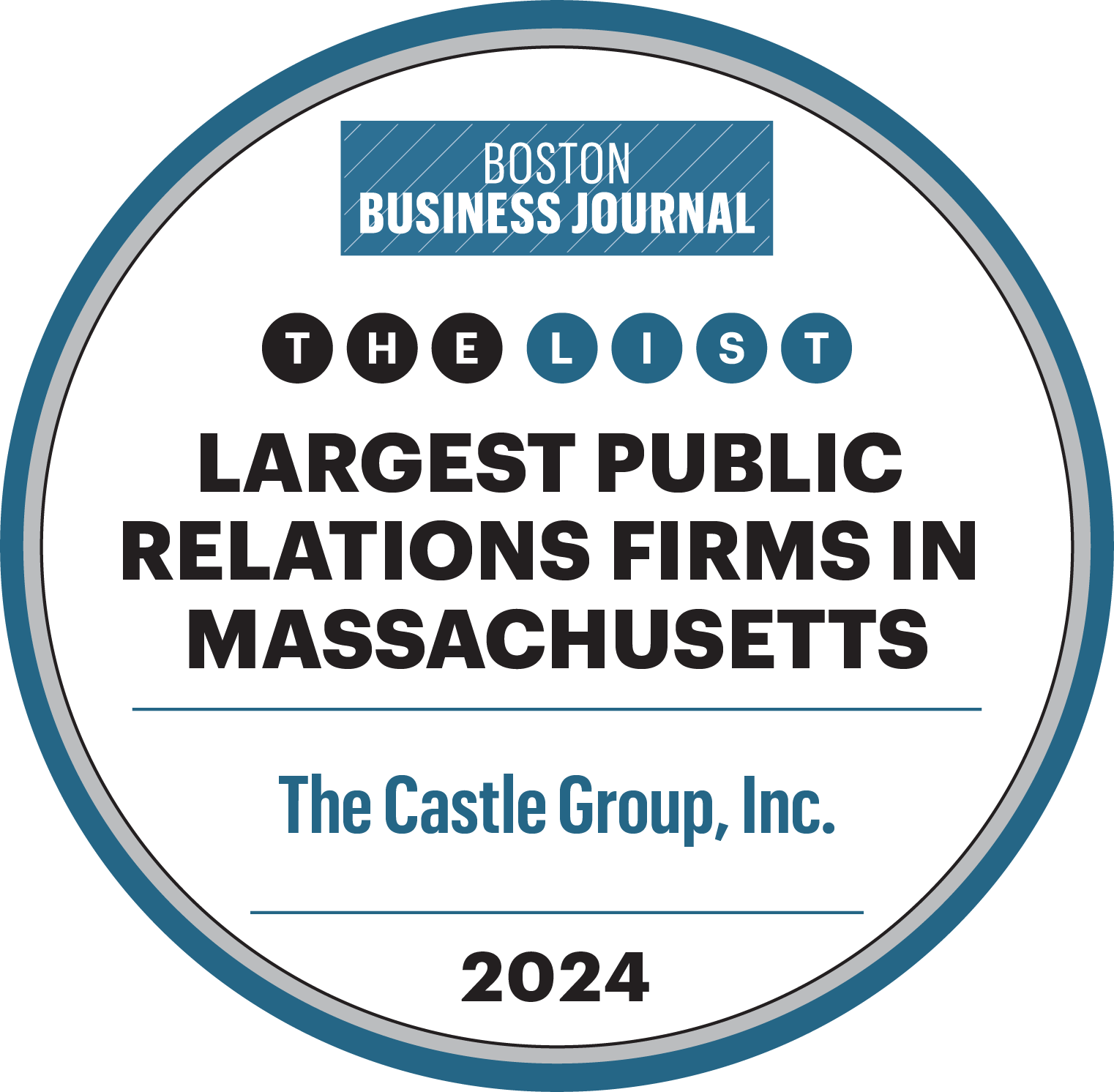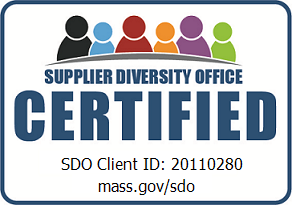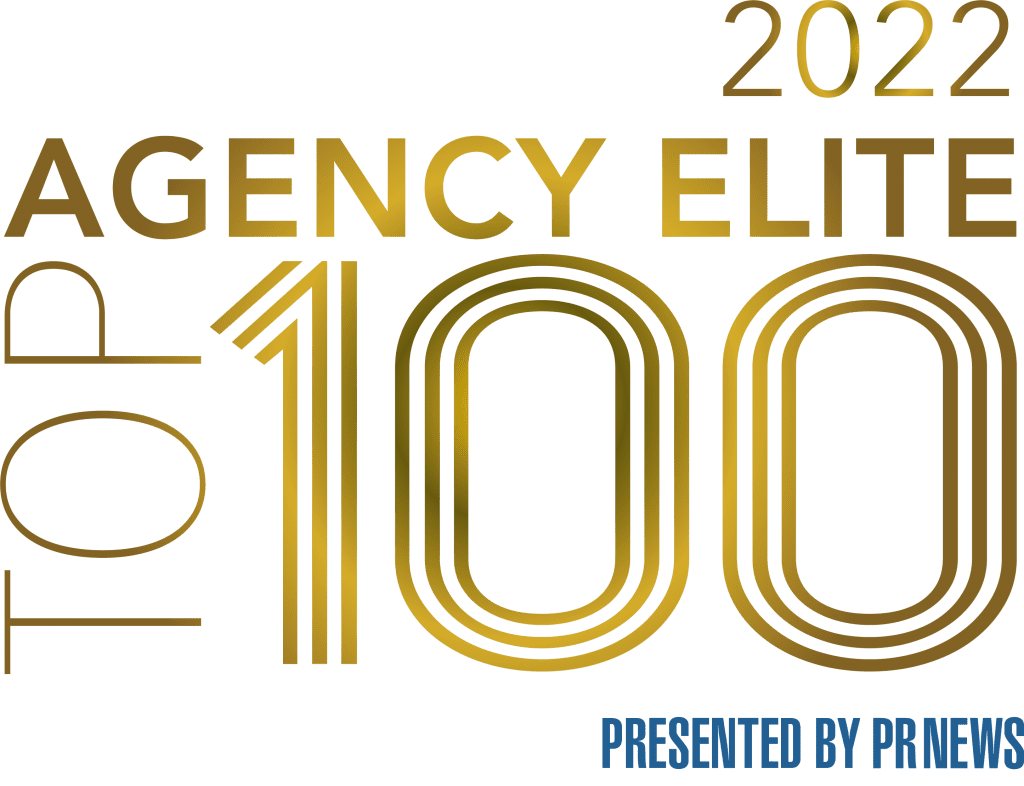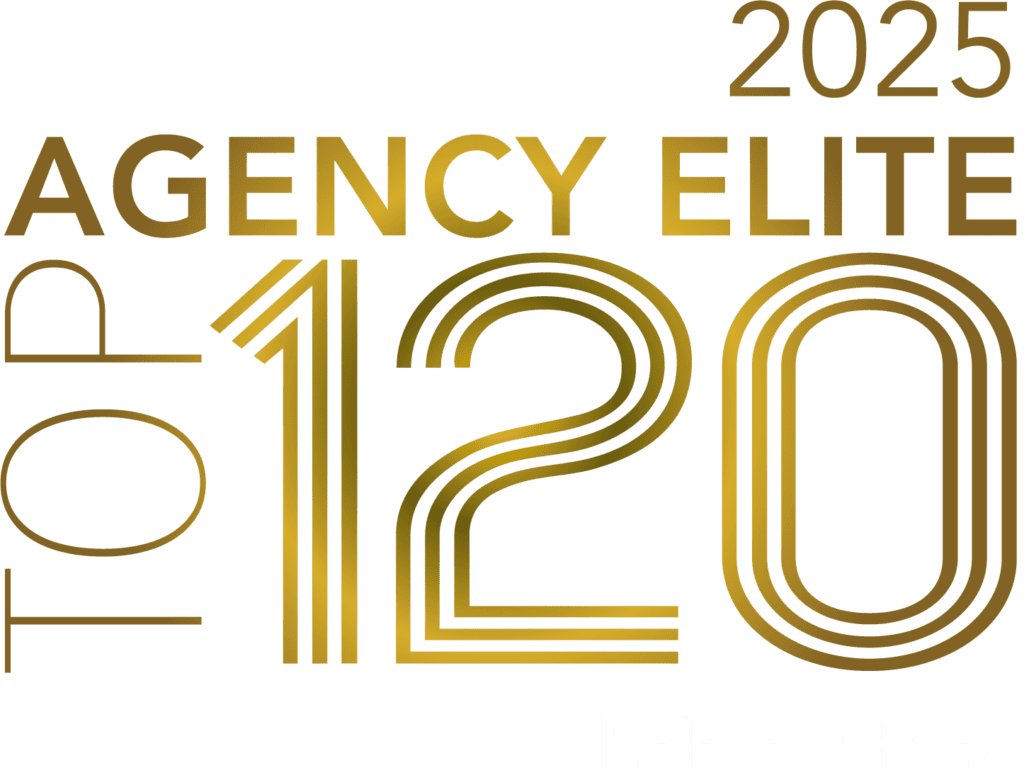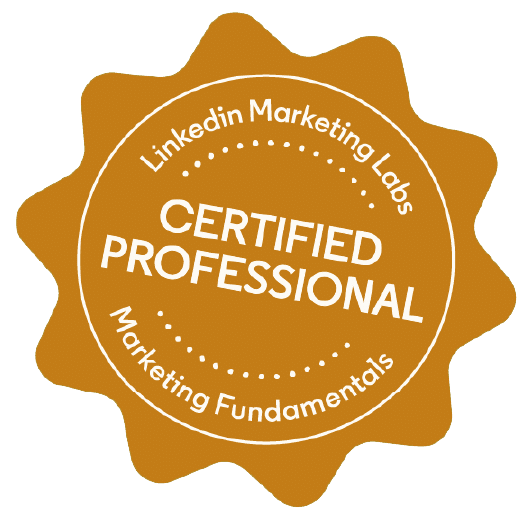Imagine diving underwater without a good pair of goggles to see what lives below the surface – let alone prevent salt water in your eyes. Though it is safe to open your eyes in the ocean and many people become accustomed to salt water, having eye protection for visibility is a game changer! Now you’re probably wondering how diving relates to marketing?

The marketing industry is so vast and fast-growing that comparing it to the ocean seems fair – just like sea levels are rapidly rising, new technologies in media have enabled innovative marketing strategies that reach broader yet niche audiences. In fact, the industry is now worth $1.7tn globally, with the United States having the largest advertising market. Now how does one swim through marketing’s saturated waters without being blinded by content?
As marketers, we understand a brand’s need for exposure to succeed. As media consumers – like most of the population – we see the aggressive rise in advertising on both desired and undesired content. Whether you’re a marketing professional or not, we’ve adapted to today’s landscape and developed new sets of tools that allow us to analyze, comprehend and navigate through media content – one being, a good pair of marketing goggles!
WHAT ARE MARKETING GOGGLES?
Since I began studying media communications, I’ve realized how constant marketing strategies are in our daily lives. From the moment you wake up until you go back to sleep – that’s if unlike me, you aren’t subconsciously exposed to content in your dreams, too – our daily ad exposure is pretty high. Marketing experts estimate that most Americans are exposed to 4,000 to 10,000 ads per day – a number that will only increase as technology evolves.
And how do we define society’s newly developed ability to understand and analyze messages we’re exposed to through media – including marketing and advertising?
Mar·ket·ing gog·gles plural noun: the influence of media literacy on one’s perception of ubiquitous marketing strategies; whereby one can distinguish advertisements and other campaign tactics one wouldn’t be able to otherwise.
PROS
- Adaptability: Only a decade ago, digital marketing was beginning to emerge in its rawest form. Today, it is a fundamental part of any business approach. In an ever-changing industry where anticipation is challenging, high adaptability equals more business success. As humans, we have an innate ability to adapt, and that includes adapting to today’s marketing climate through media and marketing literacy.
- Personalization: According to a survey by Infosys, 86% of consumers say that personalized messaging favorably influence engagement with the brand. With marketing literacy comes the ability to tailor content to accommodate individual needs and increase an ad’s relevancy. Marketers can understand and implement personalized marketing strategies while media literate consumers are able to recognize and analyze the messages, digest what they want and ignore what they don’t.
CONS
- Overexposure: Once you’ve seen it, you can’t unsee. Have you ever been consuming media and find yourself being targeted by an advertisement that doesn’t necessarily look like an advertisement? That is often the case for most consumers. Both, marketing professionals and consumers – with marketing goggles on – have the ability to distinguish such tactics. The problem comes when we can’t stop seeing it and it begins to take away from leisure consumption – sometimes you just want to watch TV or browse the web without being ‘attacked’ with marketing content, subconsciously try to understand it.
- Selectivity: Hubspot partnered with AdBlock Plus, a world-wide ad-blocking extension tool to understand how online browsers feel about ads today. Not surprisingly, based on the above “overexposure” point, 91% of respondents agree ads are more intrusive, or creepy, than ever before and they often choose to block and ignore. The ability to recognize and analyze marketing content has made for selective consumers and has forced marketers to develop adaptable and personalized strategies.
To be honest, I’m quite afraid of the ocean, which is ironic coming from a former US Navy submariner who spent months at a time underwater. It is a fear of the unexpected that prevents me from going diving in deep waters, therefore, I avoid it. Marketing content in today’s ever-present media landscape can’t be avoided. Instead, we should immerse ourselves in it, knowing that through media literacy and a good pair of marketing googles, understanding, analyzing and navigating through today’s marketing “waters” isn’t so scary after all.









